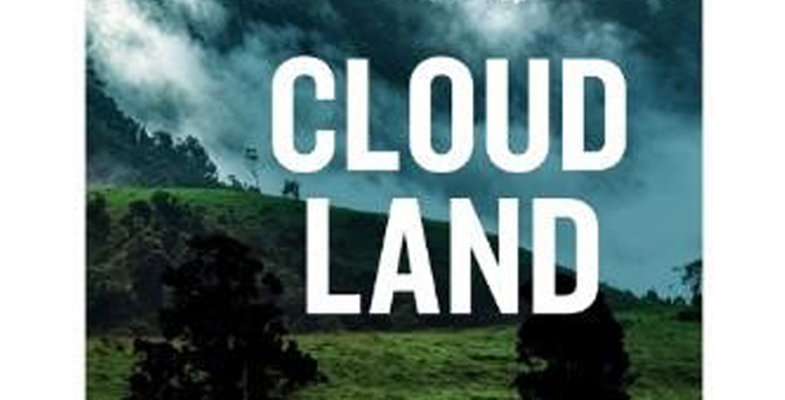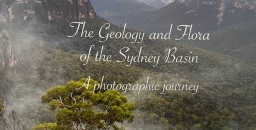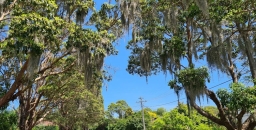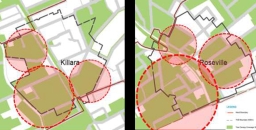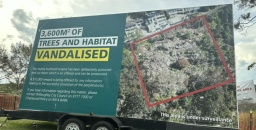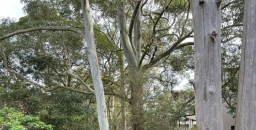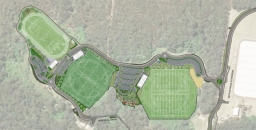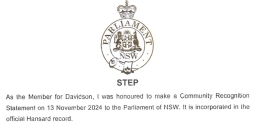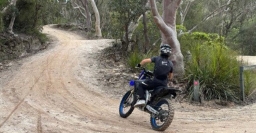Ever heard of Stockwellia? No? Well actually me neither, till reading this book! Stockwellia quadrifida is a rainforest giant found in groves high on the slopes of Mt Bartle Frere, North Queensland, but it’s much more than that: it's of family Myrtaceae and actually an ancestral eucalypt, regarded as potentially one of the source genera that evolved into the vast numbers of Eucalyptus, Corymbia and Angophora species that spread across our huge continent from tens of millions of years ago. But even beyond this tree, the ancient lineages preserved in the wet tropics rainforest floras are a wonder and globally unique dating back to the evolution of flowering plants and beyond.
Stockwellia is but one of the many information gems in this book, which starts by tracking the evolution of the wet tropics from their geological past through the waxing and waning of rainforest and dry savannas, and then the First Nations rainforest people in harmony with the landscape. But then came the destructive invasion of European settlers. The latter is carried by a disturbing series of chapters that necessitate a strong drink before reading – these have the potential to make one deeply ashamed of one's country’s past.
Understanding such settlement dates back to the Britain I grew up in, where of course most of the settlers came from. There was a book by W.G. Hoskins titled The Making of the English Landscape that led to a widely acclaimed BBC TV series. My parents watched it and told me they were astonished to learn that the English landscape is largely man made: the farmlands, fields and surviving forest copses were modelled by man, dating from back in the Bronze Age. The loss of trees in Britain has been such that only 12% forest cover survives, the second lowest in Europe after Malta, and much is not native.
The highland and lowland forests of Queensland's wet tropics met a British pastoral landscape fate, only protected where growing on steep, rugged terrain, and not even there if red cedars grew – these were cut and dragged to be floated down rivers like the Barron (where the majority were smashed to pieces on the 230 metre high Barron Falls!).
Unmanaged forestry and land clearing continued right through the 19th and 20th centuries; amplified by certain governments that I don’t need to name. Development ran right up to the Daintree, where of course environmental protest became a global news item – ‘get them out of the way’, ‘they’re not fair dinkum’ and ‘we must build our road’!
So where does the author come in – well Penny van Oosterzee is an adjunct prof at James Cook Uni, has been an environmental consultant and is a multiple award winner with many books published. She and her family bought a large tract of remnant rainforest and pasture called Thiaki, not far south of Malanda. Based on vast amounts of research and local knowledge dating back to First Nations forest practice, they began to restore the areas of cleared pasture. From the photos in the book they’ve been highly successful, but there’s a long road still to travel, and vastly more restoration investment is needed across the region. World Heritage listing was a huge step forward but the challenges in the face of climate change and other obstacles such as government and public ignorance and disinterest are huge.
Penny van Oosterzee, Allen & Unwin, 2023; 312 pp
Reviewed by John Martyn

